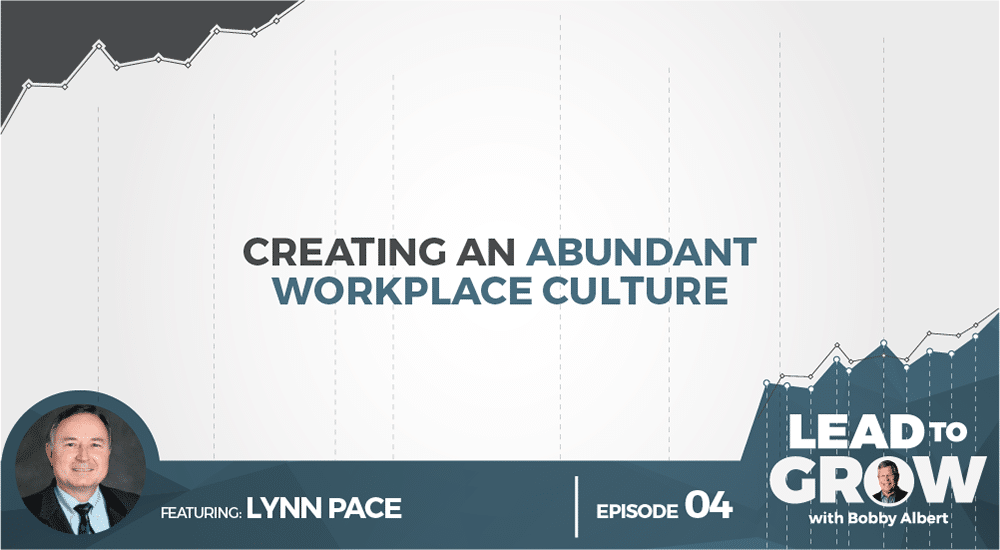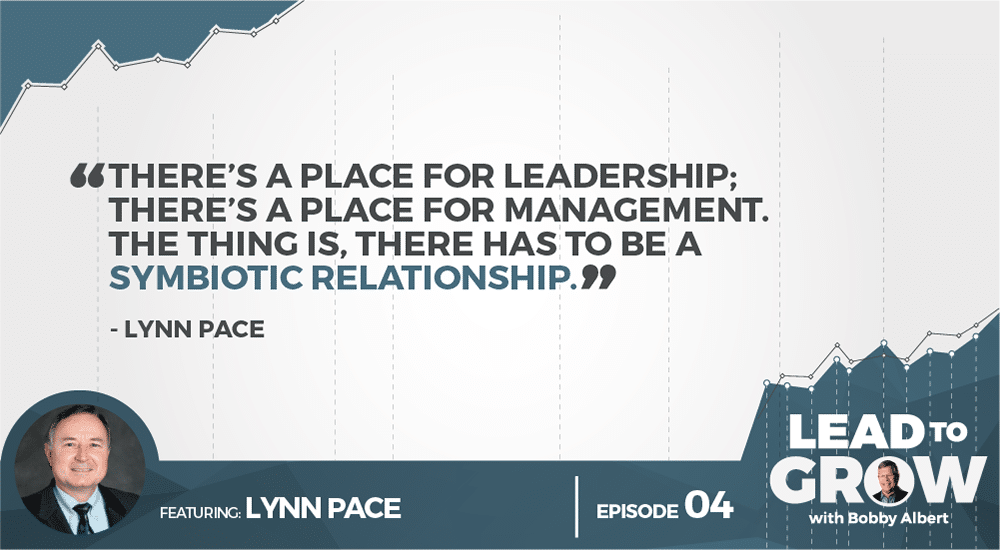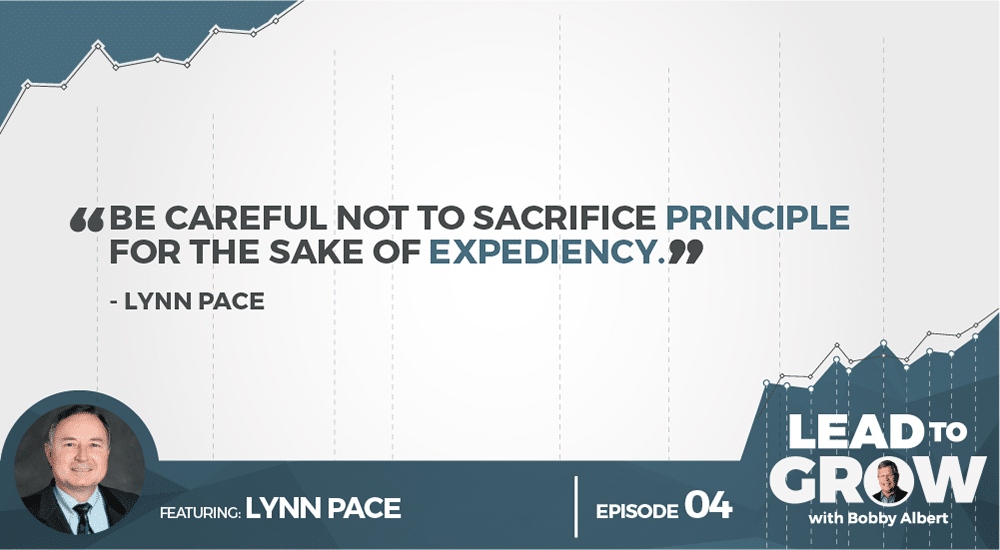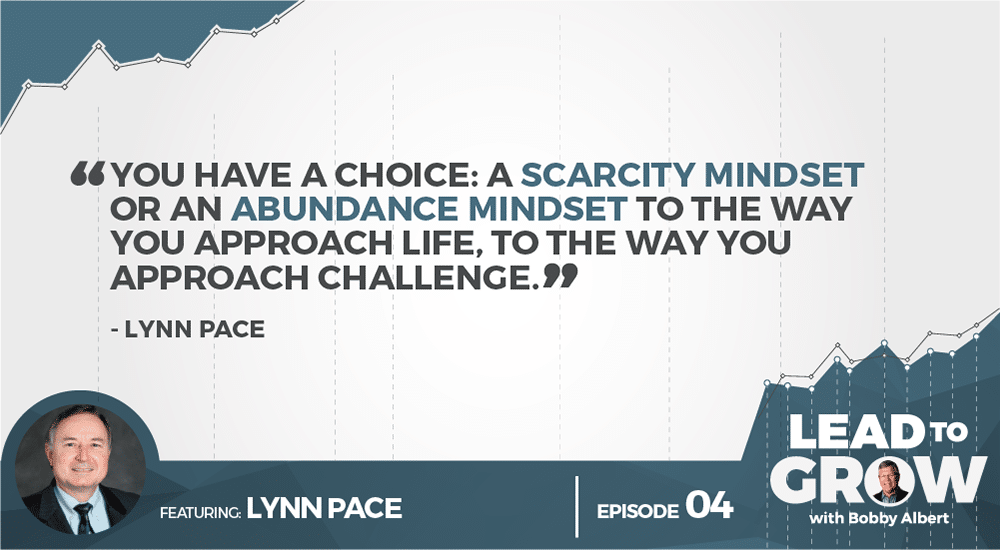Workplace culture. Does this phrase sound familiar?
It probably does.
Why?
Because it is everywhere.
Why is it everywhere?
Because it is an interesting topic.
A topic that is constantly relevant.
A topic that has practical value.
Workplace culture is more than having a ping pong table in the office or offering gourmet coffee to staff in the break room.
Workplace culture is about values and mindset. It’s about leadership and management. It has to do with how decisions are made in an organization and how people are included and made to feel important.
Lynn Pace ,Senior VP of National Sales at Cenergistic, gave some great insight into creating an abundant workplace culture with practical principles that are easy to implement.
Here’s what we learned from him.
Leadership vs. Management
Do you know the difference between leadership and management?
Is one more important than the other?
Leaders without managers aren’t going to get what they need.
Managers without leaders aren’t going to get what they need.
The most effective leader is one who can lead and also manage.
3 Part Decision-Making Formula
What happens when employees are included in the decision making process?
They will be much more inclined to be onboard and supportive of the decision that has been made. Even if that decision doesn’t go the way they were thinking.
When you involve your employees in the decision, they have a respect for it because they were in on the process and they have an understanding of it.
Employees will also have a feeling of contributing to the goals of the organization, therefore more excited to come to work.
They will be able to have more enthusiasm and passion when they really feel a part of things.
If all of that sounds good to you, when you have a major decision to make, or really any decision, ask yourself these questions:
- Who is it that can make me make a better decision?
Typically there is someone out there who is smarter than you who can help you make that better decision.
Go to them.
Be humble.
Ask.
- Who is it that is going to be impacted by this decision?
Be thinking about how that is going to impact them and maybe even get their input on the decision.
- Who is the sorry sucker that is going to have to carry out whatever decision you make?
Maybe some of you have been a part of some decisions that were made — without your input– and then were made to carry out that decision.
What did that feel like?
Don’t make someone responsible for making a 7 layered cake out of a half baked idea.
Include them in on the process so they don’t feel hung out to dry.
Symptoms vs. Root Cause
This is another very practical principle.
People are always quick to put out fires and address a problem.
But more often than not, they’re addressing the symptoms and not the root causes, the “why”.
If you don’t take the time to figure out the root cause, you can be doomed to just constantly fight the symptoms.
It’s a vicious cycle.
Make sure you’re doing the right thing and not just slapping a quick bandaid on the problem. There’s a time to be decisive and to move quickly, but don’t sacrifice your principle.
Think of working ON your business as you’re working IN your business.
It is important to create a work environment where your employees have the opportunity to thinking about what they’re doing. To work on the business and in it.
Most leaders are working in the business as hard as they can go.
What happens is they end up working on symptoms that pop up in a reactive way.
If they would just settle down and stop for a moment to reflect and work on the root causes through working ON the business, they would be a lot more successful.
Abundance vs. Scarcity Mindset
The abundant mindset is characterized by generosity.
This is someone who is sowing into others lives, or sowing for the hope of a harvest.
Most importantly, someone with the abundant mindset asks the question, “How can I make something out of what I am having to deal with?”
This mindset is proactive.
On the scarcity side of the fence, instead of being generous this is someone who is selfish.
Instead of sowing, they are conserving to the point of hoarding.
Instead of asking the question, “How can I deal with this?”
Rather than being proactive, they are reactive.
This is more than an issue of positive thinking. It’s a matter of applying some very practical concepts.
Start with asking yourself that fundamental question, “How can I?”
Click this link to hear the entire interview with Lynn Pace.




